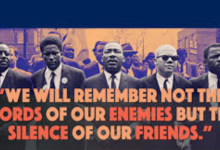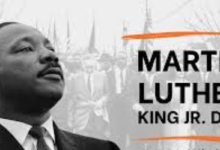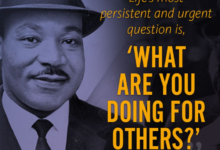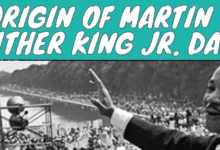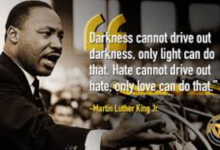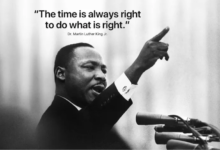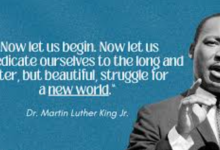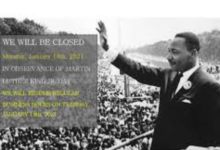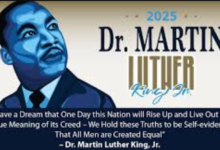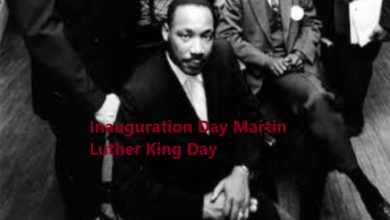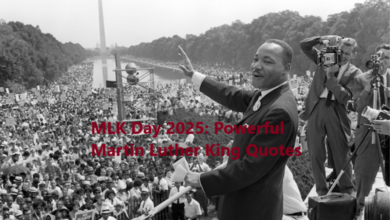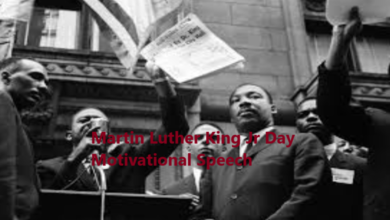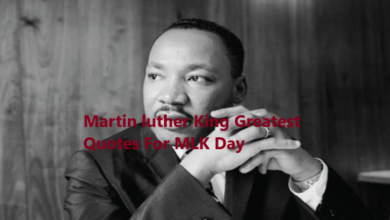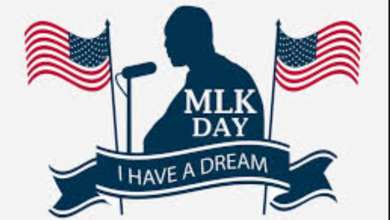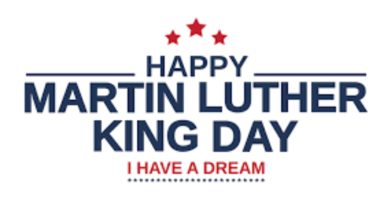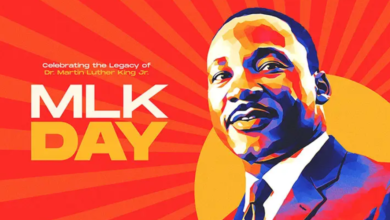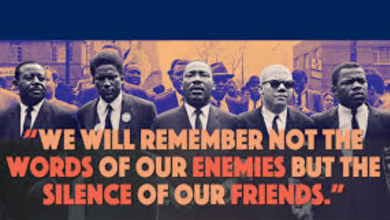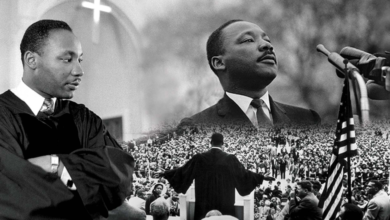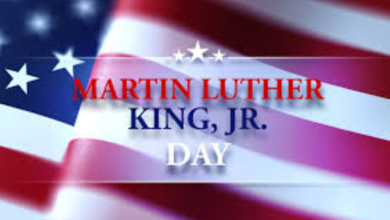Image Of Martin Luther King Jr 2025
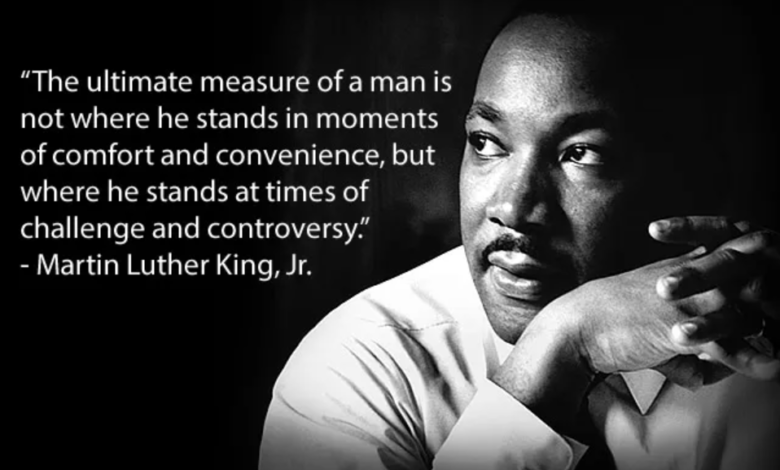
Martin Luther King Jr., one of the most significant figures in American history, continues to inspire generations worldwide. Best known for his pivotal role in advancing civil rights through nonviolent resistance, his “I Have a Dream” speech echoes as powerfully today as it did on the steps of the Lincoln Memorial in 1963. Fast-forward to 2025, and our collective understanding of his image, legacy, and relevance has expanded through education, technology, and cultural introspection.
This blog explores how Martin Luther King Jr.’s image has evolved in 2025—both as a historical figure and an enduring symbol of justice. We’ll examine the way his life, ideals, and vision resonate in today’s world by looking at education, artistic depictions, technology, and societal discussions.
Martin Luther King Jr.’s Historical Image
The Origins of a National Icon
When Martin Luther King Jr. was assassinated in 1968, he left behind a legacy of resilience and advocacy for human rights. The U.S. would go on to honor his contributions with national holidays and monuments dedicated to his life, cementing his place as a symbol of democracy and egalitarianism.
His religious upbringing as a Baptist preacher combined with his academic excellence and global outlook shaped his unique approach to leadership. From the Montgomery Bus Boycott to the March on Washington, MLK became synonymous with peaceful resistance. But initial recognition post-1968 often simplified him as a unifying leader, glossing over the more radical calls for economic and racial justice in his later years.
The Broader Context in 2025
Now, in 2025, the narrative about Martin Luther King Jr. is more nuanced. Reexaminations of his speeches and writings—such as “Where Do We Go from Here?”—highlight his critiques of systemic inequality, militarism, and economic disparity. His ideas resonate with modern movements like environmental justice, income equity, and intersectional activism.
Social and racial justice movements have integrated MLK’s philosophies with added dimensions to reflect 21st-century realities. King is no longer just viewed as “the civil rights leader,” but as a global thinker who advocated for a more just and interconnected world.
The Role of Technology in Preserving MLK’s Image
Digital Archives and VR Experiences
Thanks to advancements in technology, MLK’s story is more accessible than ever in 2025. Digital archives host thousands of personal letters, speeches, and photographs that allow younger generations to explore his contributions firsthand.
Virtual reality (VR) has also become a powerful educational tool. Today, individuals can immerse themselves in pivotal civil rights events like the 1963 March on Washington for Jobs and Freedom. Walking (virtually) beside MLK in VR environments fosters a deeper emotional connection to his message.
AI and MLK’s Voice
Artificial intelligence (AI) has added new dimensions to the way we interact with MLK’s legacy. Developers have trained AI systems to mimic Dr. King’s voice and cadence, recreating hypothetical speeches and engaging people in imagined conversations. While this has sparked debates about the ethical implications of using AI to replicate historical figures, it is also a testament to how technology continuously evolves our connection to history.
Social Media’s Role
Social media platforms like Instagram, TikTok, and Twitter have turned MLK into a symbol of viral advocacy. His quotes, often stylized in artistic graphics, are shared to amplify contemporary issues. However, this simplification can sometimes detach the quotes from their original (and often more radical) contexts.
Artistic Reimaginings of Martin Luther King Jr.
Portraits of Justice
Art has long been a medium through which King’s image has flourished. Modern-day muralists and digital artists keep his legacy fresh in the public’s imagination. Portraits of MLK often pair him with symbols of unity, such as doves or intertwined hands, as well as modern motifs like climate change awareness or LGBTQ+ pride.
One striking theme in the 2025 art is the visualization of King’s vision for the future. Many pieces depict what King might look like had he lived past 39, offering a poignant reminder of the potential cut short by violence. Digital artists are particularly adept at weaving his likeness with innovative themes, such as placing him amidst futuristic cityscapes symbolizing equity and communal success.
Depicting MLK in Film and Literature
Movies and books remain some of the most influential avenues for introducing MLK to new audiences. Hollywood increasingly opts for documentaries and biopics that explore King’s lesser-known struggles—like balancing activism with family life. Authors write narratives drawing parallels between the social challenges of his era and today’s fight for racial and environmental equity.
MLK’s Vision in Today’s Society
The Dream Transformed
One of MLK’s most iconic moments was, of course, his “I Have a Dream” speech. But how does that dream hold up in 2025? The answer is layered. Social justice movements have recognized his dream as not fully realized but as a blueprint—an aspirational framework that calls for continuous work.
Movements such as Black Lives Matter draw on MLK’s philosophy of peaceful resistance. However, they expand on it to address systemic issues like policing reform, housing inequality, and climate justice—an area King may well have championed if he were alive today.
A Global Symbol of Equity
MLK’s vision is no longer confined to American borders. Developing nations increasingly cite his philosophy in their fights against social and economic injustices. His influence is evident in international organizations advocating for human rights, equity in education, and fair labor practices.
What Can We Learn from MLK in 2025?
One of the most significant lessons MLK offers in 2025 is the importance of adaptability. His ability to connect big ideas with actionable steps reminds us of the need for both vision and pragmatism in long-term change.
Additionally, his emphasis on intersectionality—long before the term became widely used—feels particularly relevant today. King’s understanding that economic, racial, and global justice are intricately connected guides how we tackle modern challenges.
